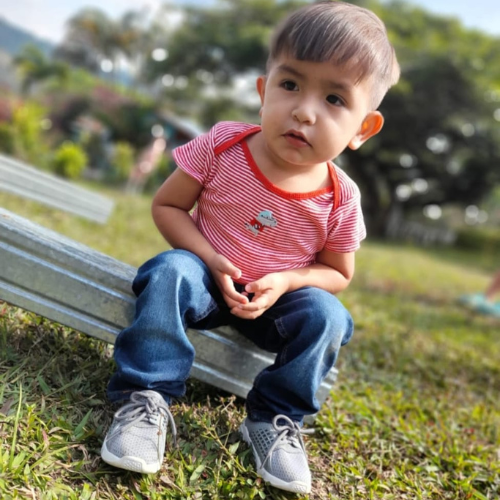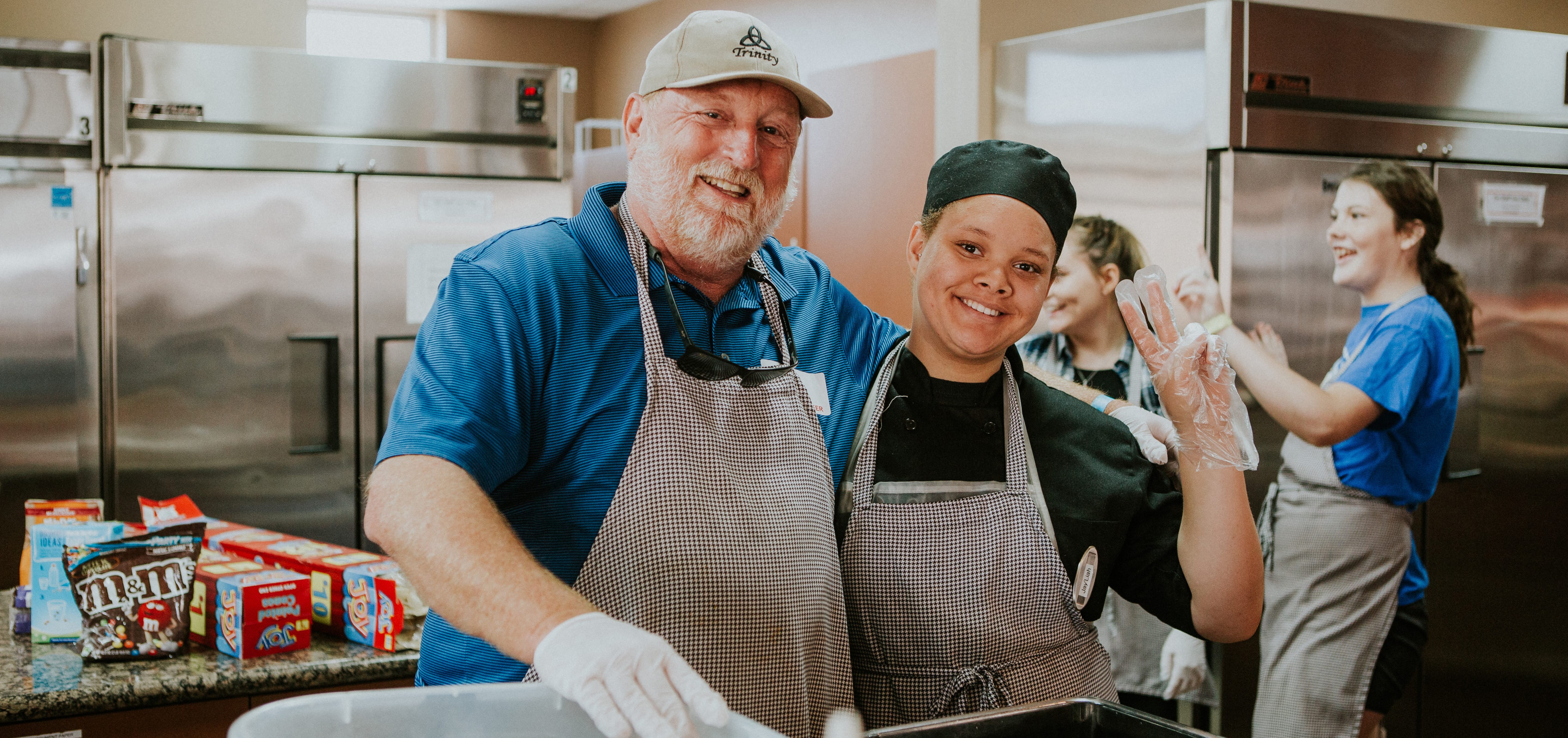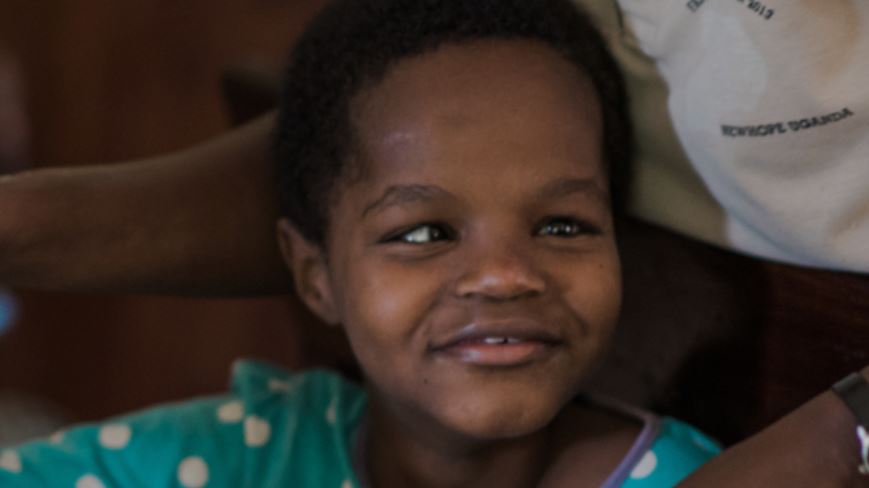Daricson comes from a large and loving family. He is the youngest of five children, ranging in age from 22 down to three-year-old Daricson. When their little brother was born, they all were shocked by his clubfoot disability.
 We don’t know exactly what causes clubfoot, but we do know it’s not because of something the parents did. Unfortunately, in many of the places where we work, mothers are usually the first to be blamed for the condition. Family and neighbors often incorrectly say the deformity results from unconfessed sin, a curse, a character flaw, doing too much hard labor, or a variety of other local beliefs and traditions.
We don’t know exactly what causes clubfoot, but we do know it’s not because of something the parents did. Unfortunately, in many of the places where we work, mothers are usually the first to be blamed for the condition. Family and neighbors often incorrectly say the deformity results from unconfessed sin, a curse, a character flaw, doing too much hard labor, or a variety of other local beliefs and traditions.
Some of our most important work is spreading the word that clubfoot can’t be prevented, but it CAN be treated at one of our local partner clubfoot clinics at no cost to the family.
Not surprisingly, his mom, Carla, cried after he was born, and the nurses could not console her. But they were able to get through to Carla’s husband, Wilson. They told him there was a solution and took him to a hospital poster explaining clubfoot. Wilson saved the number on the poster and contacted the Hope Walks partner clinic shortly after Daricson was born.
Daricson’s dad was concerned about his son because Wilson has a 55-year-old cousin with untreated clubfoot. He had seen his cousin’s struggles over the years and did not want those same challenges for his little boy.
Hope Walks staff assured Wilson and Carla their son would be fine if they followed the treatment process as instructed. His parents listened and were faithful to follow the procedures, even when their neighbors told them to stop putting the braces on Daricson.
The initial process involves weekly casting for four to six to eight weeks and, in most cases, a minimally-invasive outpatient procedure to lengthen the Achilles tendon.
After this, in the maintenance phase, children wear a foot abduction brace for 23 hours a day for three months, and then at night and nap time until the age of five. Children born with clubfoot can take their first steps on completely straight feet thanks to early intervention and to this relatively simple, cost-effective treatment method.
Here’s a photo of Daricson after his treatment.

Now, the family and neighbors are surprised when they see Daricson’s progress. “I am speechless,” Wilson said, “What we see today is beautiful. I do not wish it [clubfoot] on anyone. But as long as there are organizations like Hope Walks that care about people, there is hope.”
At Hope Walks, we pair quality clubfoot treatment with compassionate care as we endeavor to take the same approach Jesus did: showing love by serving well and sharing the gospel through what we say and do.
Hope Walks empowers local healthcare professionals to provide free clubfoot and holistic care for families impacted by this treatable disability. Through partnership and training, Hope Walks equips local staff at national and faith-based hospitals and rehabilitation centers around the world to advance a sustainable solution and scalable model for treating clubfoot before a child learns to walk, thus eliminating disability and freeing children and their families to achieve their God-given abilities to flourish independently, physically, socially and emotionally.
Established in 2018 to glorify God and free children and their families from clubfoot’s physical, social and economic burdens, Hope Walks’ vision is to see all children access quality clubfoot care and experience the love of Christ. From our beginnings as a program of a larger organization to today, our team has impacted the lives of more than nearly 160,000 children born with clubfoot worldwide.
On MissionFinder, we have over 700 ministries like Hope Walks that offer opportunities for you to support the amazing work that ministries are doing throughout the world. Please visit Mission Finder to learn about mission trips, internships and job opportunities like this to serve at home and around the world.










